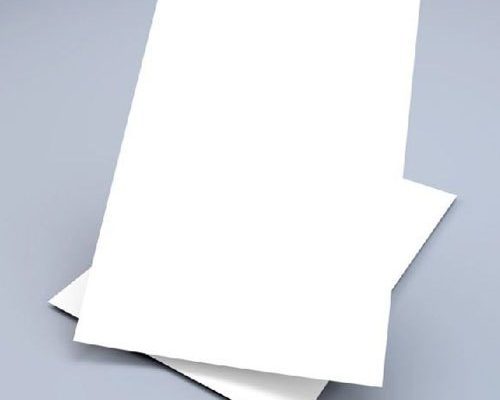
In the world of print, the type of paper used can significantly impact the final product. The choice of printing paper is not as simple as it may seem; it’s an art that involves a deep understanding of the various types available and their unique characteristics. This article aims to shed light on the question: how many types of printing papers are there?
- Uncoated Paper: This is the most common type of paper, used in everything from office documents to newspapers. It’s uncoated, meaning it has no additional finishing. This makes it highly absorbent, resulting in less sharp, more muted printed images.
- Coated Paper: This type of paper has a coating (usually made from clay) that gives it a smooth, shiny surface. It’s ideal for high-quality print jobs like brochures and magazines, as it produces sharp, vibrant images.
- Textured Paper: This type of paper has a distinct feel to it, making it ideal for invitations, business cards, or any print job where touch is important. Examples include linen, felt, and laid.
- Recycled Paper: As the name suggests, this paper is made from recycled materials. It’s an eco-friendly option, but it can vary in quality and color.
- Specialty Paper: This category includes a wide range of unique papers, such as metallic, synthetic, and translucent. These are typically used for high-end projects or to create a specific effect.
- Photo Paper: This type of paper is specifically designed for printing photographs. It’s coated with a material that allows for high-resolution, vibrant prints.
- Cardstock: This is a heavier, more durable paper used for things like business cards, postcards, and other print jobs that require a sturdier material.
- Bond Paper: This is a high-quality, durable paper used for things like letterheads and professional documents. It’s often used in inkjet and laser printers.
- Newsprint: This is a low-cost, lightweight paper used primarily for newspapers. It’s not very durable and tends to yellow over time.
- Digital Paper: This is a newer type of paper designed specifically for digital printing. It’s engineered to perform well in digital printers, resulting in high-quality prints.
In conclusion, the world of printing papers is vast and varied. The type of paper you choose can greatly impact the look, feel, and longevity of your print job. Therefore, it’s essential to understand the different types and their unique characteristics. Whether you’re printing a business card, a brochure, a photograph, or a newspaper, there’s a perfect paper out there for your needs.

